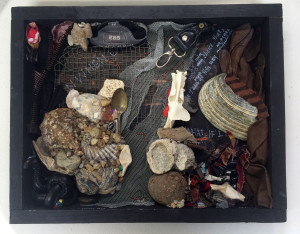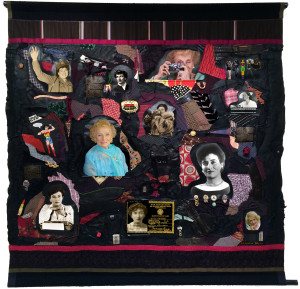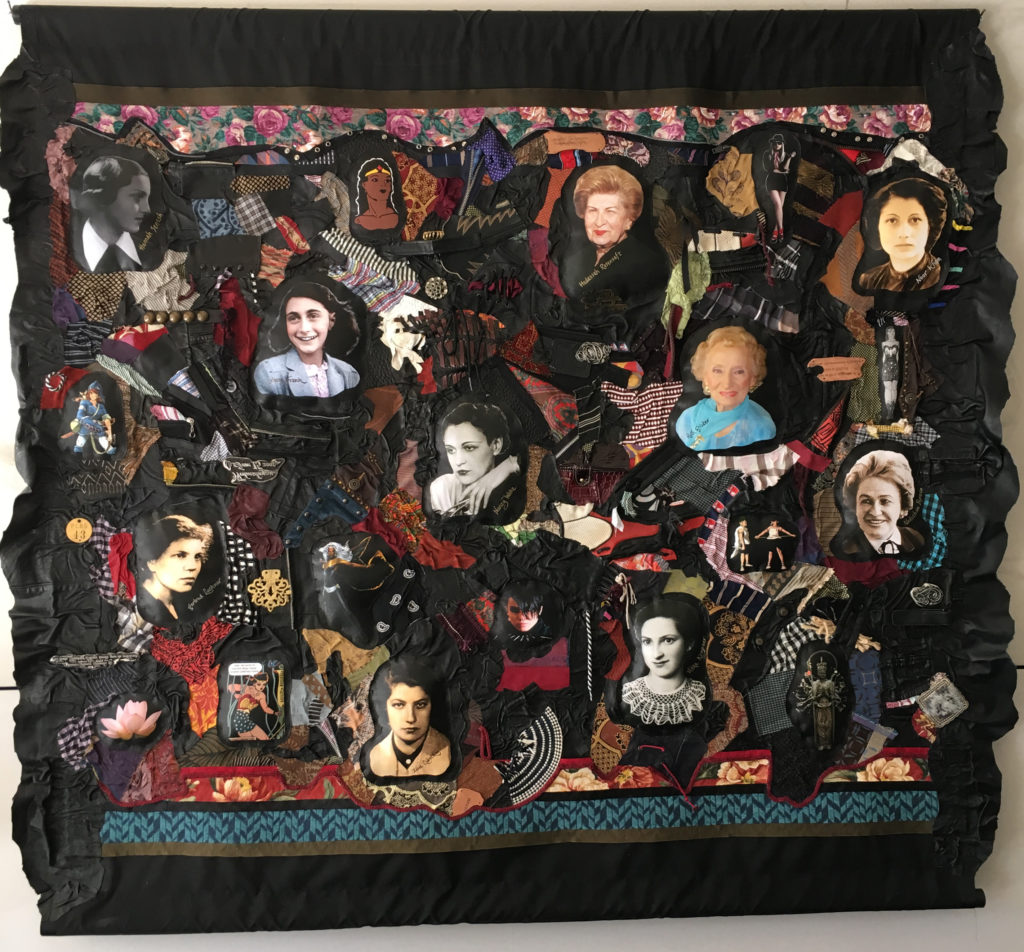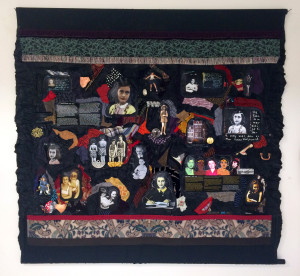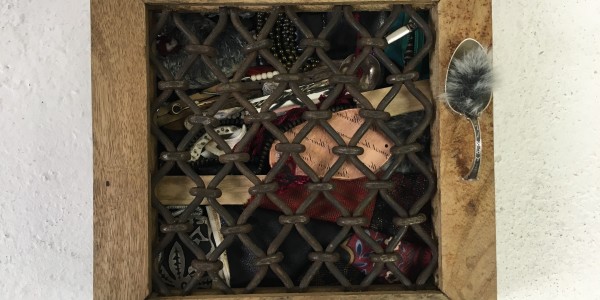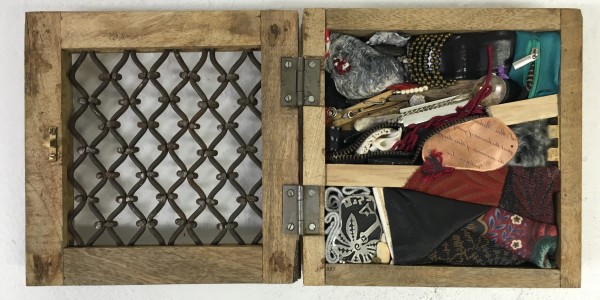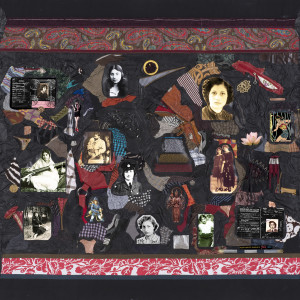There is never a single story about any place or people. In this encounter, select one of the Cabinets, Cupboards, Cases, and Closets sculptures to imagine a life story situated in a community of people. With collage, drawing, and painting, create a series of artworks of people in action that includes an element of the selected art in their action. Display the series together and discuss the work with others. Or collaboratively create an interactive story game using Twine, Inklewriter, or Storyboardthat, which are open-source tools for sharing, nonlinear stories, to show the possibility of becoming an upstander. Examples include: Bea the Upstander game by John Rapaccioli & Elissa Kapp (2016) and an interactive story for teachers on why it is important to address LGBT bullying by Kevin Jenkins (2016).
Below is a visualization to start brainstorming with a group of students, or with oneself or another individual.
EMPOWERMENT VISUALIZATION
Relax, find a comfortable position, close your eyes if comfortable doing so as you begin to explore the past, present, and future. Nothing you think about now needs to be shared with anyone else.
- FOCUS ON SPECIFIC EVENT:
Focus on a specific disempowering place, image, text, action, or sound that you experience almost everyday. Search your memory for the mundane, your typical everyday way of being to locate a vivid everyday experience that may seem small and inconsequential but in some way instigates or perpetuates stereotypes, misunderstanding, intolerance, oppression, distrust in learning with others about each other. Is there a loss, a displacement, an absence, or did someone or something appear that changed the situation in a way that you did not want changed. Keep searching through your daily experiences starting from today and travel back in time until one place, image, text, action, or sound that you hear or see or experience almost everyday stands out to you as particularly disempowering.
- SPECIFIC QUESTIONS ABOUT THE NATURE OF THE EXPERIENCE
Where are you in this situation?
What is going on around you?
Who else is there?
Are you doing something? What is it?
How are you feeling?
Are others sharing your feelings, or are you alone with them?
What are you feeling in this very specific disempowering experience?
- TRANSITION TO MAKING CHANGE
Now re-envision that experience changing everything that made it uncomfortable, belittling, sad, or awful into comfort, strength, a sharing amongst others, even if not in the particular setting, who are benefiting from your vision. See the disempowering experience and transform every inch of its negative reach to an empowered space, an empowered situation. If you were to communicate the transformed event, what would you do? How could you create an experience for others that would both reveal this act of disempowerment and empower others on how to change this form of disempowerment for themselves and others?
- PREPARING TO CREATE:
When you start your work where will you begin? Will you begin by searching for some images or information? Will you talk to others? Will you draw what you saw, or your thoughts, or feelings? Reflect and make visual your reflections in some way, whether text, drawing, images, or gathering data.
Return to looking at the selected sculpture and reinterpret the piece from the perspectives gained from the process of this encounter.
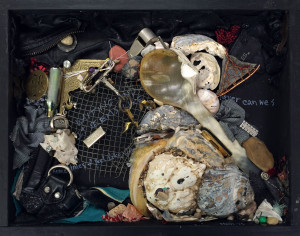
Spoon to Shell #821
2015
spoon, shell and mixed media
11”x2”x14”
Click here to see image detail
Click here to interact with Spoon to Shell #821

